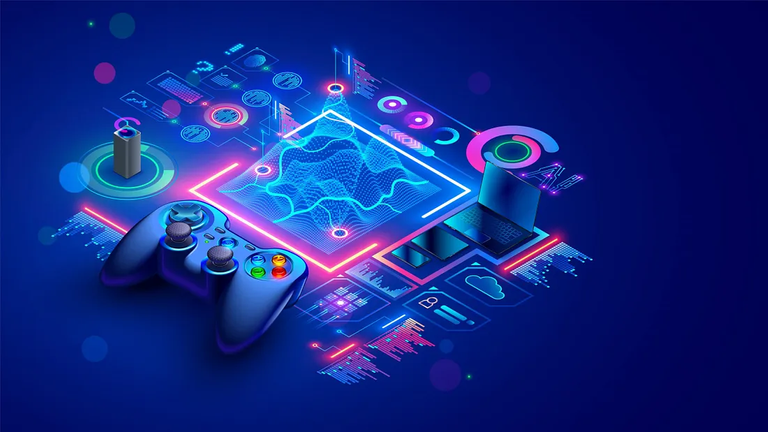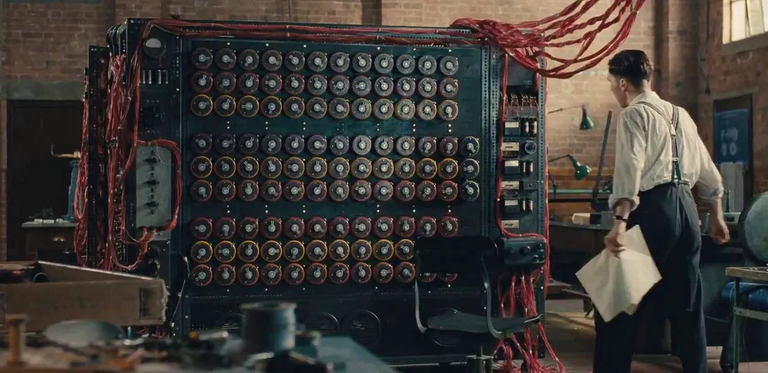The evolution of AI Algorithms in Modern Technology
An algorithm is a set of instructions that are followed in order to complete a specific task. To make a computer do anything, you have to write a computer program, and to write a computer program, you have to tell the computer step by step exactly what you want it to do, and then the computer executes the program mechanically following each step to achieve the end goal.

Although the word algorithm seems to be associated with modern technology today, it is in fact very old, as it moved to the English language through French, which in turn moved to it through Latin, and it is derived from the name of the Muslim mathematician Muhammad bin Musa al-Khwarizmi who lived in Baghdad in the century Ninth AD. Scientists trace the origin of algorithms to thousands of years before Al-Khwarizmi himself.
The researcher at the French University of Picardy, Jean-Luc Chabert, says in his book, 'A History of Algorithms', that the use of the step-by-step method of solving mathematical problems began early in the ancient Babylonian civilization and continued to be developed in its contemporary and subsequent civilizations, including Egyptian, Greek and Indian civilizations.
Euclid's algorithm, developed in the third century BC to find the greatest common divisor of two numbers, is one of the most famous ancient algorithms. The head of the Geneva Internet Platform, Dr. Jovan Corbalia, believes that the shape of the digital age in which we currently live revolves around three great personalities : Al-Khwarizmi, Leonardo Fibonacci (who contributed to the publication of "Arabic numbers" in Europe and developed the "Fibonacci sequence") and Nikola Tesla, adding that these Great personalities have served as boundary 'wrenches' across scholarly, cultural and religious traditions.
Over the following centuries, scientists wrote and used many algorithms on paper, and this continued until the 19th century when Ada Lovelace (daughter of the British poet Lord Byron) developed the first algorithms that were intended to be implemented on a machine. In 1843 Lovelace published the algorithm she had written for the "Analytical Engine", a mechanical computer that would automate calculations, but it remained an idea.
With the beginning of the twentieth century, the word "algorithm" became common for mathematicians, meaning any arithmetic or algebraic operation that is performed according to strictly defined rules. In 1936, British mathematician Alan Turing developed what he called the Turing Machine , a mathematical model or virtual machine designed to simulate any computer algorithm of any complexity.

Turing's machine consists of an infinitely long tape divided into cells that can take one of three values "blank", "0" or "1", so this machine is known as a three-code machine, plus a head to read, erase or modify the codes on the tape, and a state register that represents the memory of the machine and stores its state. This machine marked the beginning of the era of the use of algorithms in artificial intelligence.
In the modern era, AI algorithms have become much more complex, with much simplification to programming that tells a computer how to learn to work on its own . It is a complex set of rules that drives AI programs, determining their steps and their ability to learn. Without an algorithm, AI would not exist.
So, the next time Facebook chooses the posts you see on the site, Gmail completes a sentence you type, ChatGPT cleverly answers your question, or even you see a self-driving car pull off the road, remember that your journey to the development of these inventions was very long.